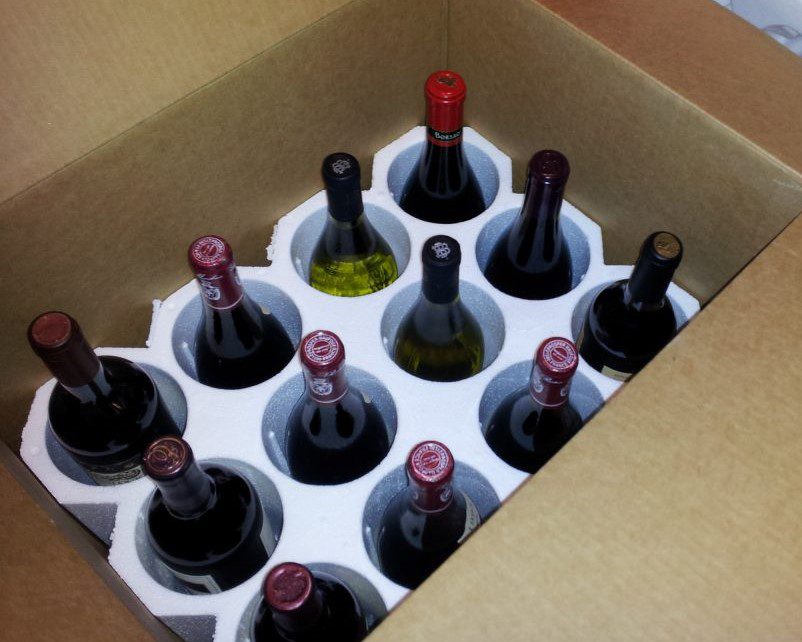Can’t go to the winery? Bring the wine to you
Daily, our email inboxes are flooded with offers from wineries. Discounts, free shipping, virtual tastings, there are so many options being offered by wineries who are looking for new ways to reach consumers and sell wine while their tasting rooms are closed. It can be difficult to keep track of who is offering what but luckily, the associations for many wine regions have compiled comprehensives lists of what their member wineries are offering which I wrote about in the Napa Valley Register and am sharing here.

02 April, 2020







